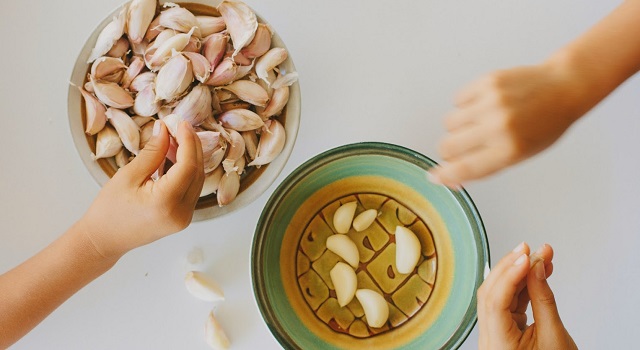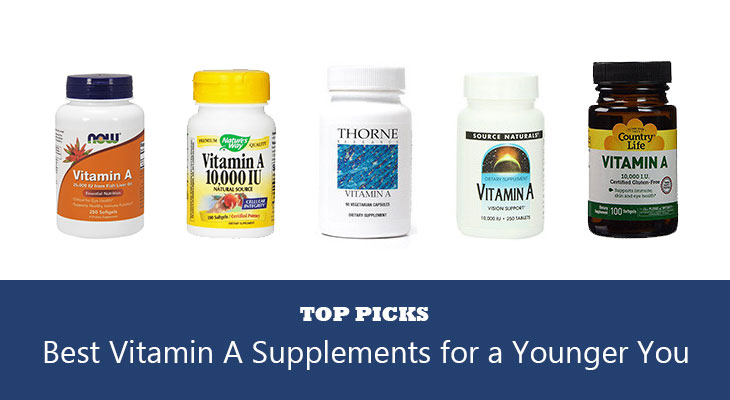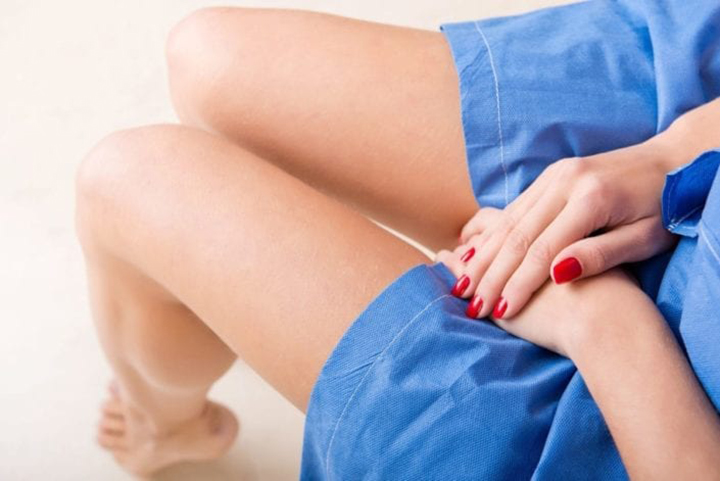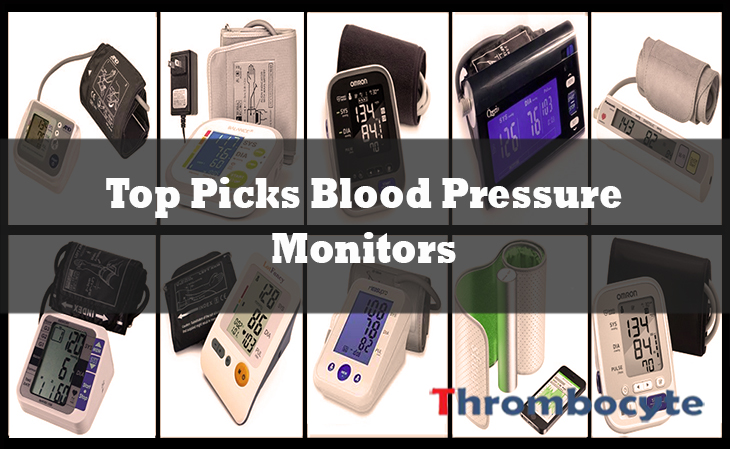When too much of a certain bacteria accumulates in the vagina, a woman can develop bacterial vaginosis.
This is the most common vaginal infection caused by bacteria, but there are lifestyle habits that women can adopt to keep it at bay.
The foods they eat can play a big role in preventing the development of this disease.
Food & Nutrition Diet (Meal Plan) for Bacterial Vaginosis
#1 Recommended Breakfast Diet for Bacterial Vaginosis

Eating certain foods can keep the body’s pH balanced. Why not make the first food choices first thing in the morning?
Starting the day with some greens can help to keep the body alkaline and fight against too much acidity.
A veggie omelet provides those healthy greens, as well as protein, from the eggs. Likewise, women can blend up some spinach with fruit and a splash of milk to create a green smoothie.
This is a great option for people who aren’t a fan of savory breakfasts or have trouble eating in the morning.
#2 Recommended Lunch Diet for Bacterial Vaginosis

Again, getting those veggies in at every meal is a good idea. This is easy when lunch is a big green salad.
Of course, salads don’t have to be boring, people can personalize them to their liking. A variety of fresh veggies means that women are getting even more nutrients.
Adding protein is important and there are different ways to include this in a salad. For example, roasted chicken or turkey, salmon, tuna, or hard-boiled eggs.
There are vegetarian sources of protein, too, such as nuts, seeds, and tofu.
Carbs in moderation are okay, but women should be careful since carbohydrates increase chances of anaerobic bacteria growth. This kind of bacteria doesn’t need oxygen to grow, so it’s a real risk for ladies.
#3 Recommended Dinner Diet for Bacterial Vaginosis

The bulk of a healthy dinner should be vegetables, of course. A lean protein source can complement the veggies nicely.
A small serving of carbohydrates is fine, such as brown rice.
Whole grains have more fiber and protein than their refined counterparts, so brown rice is a better choice than white rice.
Including enough protein ensures that the body is better equipped to create antibodies against diseases and unwanted bacteria.
Grass-fed meats are the best non-vegetarian protein choice as it has more anti-inflammatory properties.
#4 Recommended Snack Diet for Bacterial Vaginosis

The right bacteria can create a healthy microbiome in the body. Plain yogurt is great for this, as long as it isn’t packed with loads of added sugars.
Women need to be careful and do some detective work at the supermarket because many flavored yogurts have unnecessary amounts of sugar.
When they stick to the plain version, they reap the benefits of healthy bacteria, as well as protein.
Another snack option is a handful of veggies with some hummus. The vegetables will provide essential fiber and antioxidants to keep the body in good health.
There’s even room for a treat, dark chocolate contains polyphenols, which have antioxidants and work like a prebiotic. This means that they increase the body’s good bacteria.
#5 Recommended Drinks for Bacterial Vaginosis

Kombucha is a fermented tea drink that contains lots of live and active cultures. It’s an acquired taste, but it’s a great drink for women to have on hand.
The beverage will help to balance the body’s pH, reducing the risk of developing bacterial vaginosis.
Drinking apple cider vinegar can also combat symptoms, and women can mix a tablespoon of it with half a cup of warm water.
It may not be the tastiest drink, but it has probiotics, enzymes, and acetic acid that can kill off bad bacteria.
#6 Recommended Herbs for Bacterial Vaginosis

Not only does garlic taste amazing on veggies and meats, but it has antibacterial properties that can work wonders for women struggling with bacterial vaginosis.
If they prefer, women can take a garlic supplement instead.
Tea tree oil isn’t technically an herb, but this essential oil is favored by doctors who treat patients with bacterial vaginosis.
The oil is antibacterial and antifungal, and women can apply it to the skin after diluting it with olive or coconut oil. Some ladies also choose to pre-soak their tampons in a mixture of tea tree oil and coconut oil.
Of course, they should always test their reaction to any essential oil first.
Another recommended herb is echinacea, which fights off infections and has anti-inflammatory benefits.
#7 Recommended Fruits for Bacterial Vaginosis

Citrus fruits and those with a high glycemic index, such as bananas, may actually make bacterial vaginosis worse, or increase the risks of developing it.
This is because they upset the natural gut flora in the body and make it more prone to infection.
It’s better to nosh on fruits such as grapes, apples, pears, and berries.
Peaches, plums, and honeydew melons are also some yummy options. These fruits are great on their own as a snack.
They’re also delicious in a smoothie, salad, or parfait.
#8 Recommended Vitamin/s for Bacterial Vaginosis

Vitamin A keeps skin and cell membranes healthy while strengthening the immune system.
Vitamin B6 contributes to healthy cell formation, and it may also provide relief from cramps.
Folate, the combination of Vitamin B9 and folic acid, strengthens the outer wall of the uterus, so it’s a supplement to have on hand.
Vitamin C fights off free radicals, which is great for overall health, as well as reducing risks for bacterial vaginosis. This vitamin also protects the inner membranes of the vagina from bacterial growth and infection.
Likewise, Vitamin E has antioxidant properties, too.
#9 Recommended Mineral/s for Bacterial Vaginosis

Some women who develop bacterial vaginosis have an iron deficiency, so taking iron supplements isn’t a bad idea.
Magnesium maintains healthy cells and can be another supplement to have on hand.
Finally, zinc regulates cells and protein synthesis and boosts reproductive health.
#10 Discouraged Foods for Bacterial Vaginosis

Too many sugary foods will lead to a body that encourages bacterial growth.
It throws off the body’s pH, cultivating an unhealthy microbiome.
Fried foods and those that are highly processed will deplete the body of nutrients and make it more prone to infection.
*If you have any concerns or questions about your health, you should always consult your doctor before making any changes to your diet or nutrition program.
- READ MORE





My wife has terrible VD but I try to support her by encouraging her to eat good food.